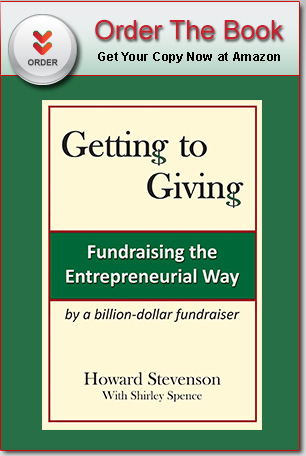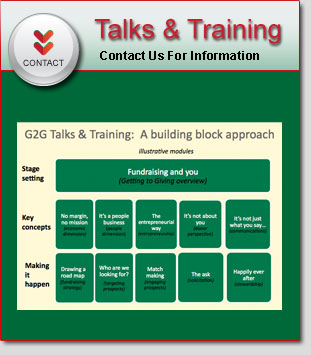The true – but probably not very helpful – answer is that I have no idea!
One problem, I can say with certainty, is the criteria used to evaluate nonprofit efficacy.
The use of overhead (i.e., the percentage of expenses that go to administrative costs) as a metric has come under attack, as you may have noticed. After numerous critical reports from Stanford and others, the three major rating agencies – GuideStar, Charity Navigator, and BBB Wise Giving – have issued an open letter condemning the practice, and launched a website (www.overheadmyth.com) where you can sign a pledge to end it.
It’s hard not to be a tad cynical about the timing of their outrage, but I agree in principle. Not only is overhead not the most meaningful metric, but it is subject to phony accounting. Two quick university examples: Should activities supporting a university’s alumni club be considered fundraising or continuing education? How do you “charge” for faculty time giving speeches?
People have tried to come up with different measures of efficacy, more focused on results, but they too are problematic.
“Acres saved” as a metric for conservation groups can lead to a snatching up of cheap, worthless property, rather than a focus on truly endangered land. And, a year is too short to measure the impact of many programs, which is why Summer Search has collected 10-year data on the students who pass through its leadership program.
Another problem is that getting good information about a nonprofit organization remains a challenge, for the average donor.
Alternatives to GuideStar et al are springing up, including Good Well, which was founded by a group of donors to provide more robust research on nonprofits.
Personally, if a significant gift is at stake, I would recommend going directly to the organization, and doing your own due diligence with attention to all four G2G questions:
- Are you doing important work? What do you actually do, and is it working? Are your activities mission-focused? Are you measuring inputs or outputs?
- Are you well managed? What is your economic model? How are you responding to changes in your environment – competition, government policies, and real needs? Do you have the talent in place to do what you say you will do?
- Will my gift make a difference? How is the gift linked to your mission? Is your mission scaled right, or are you trying to “boil the ocean”? How will your organization sustain its mission over time?
- Will the experience be satisfying to me? Will my gift be treated with respect? Will I? Do I know what I want from the relationship? Am I communicating that clearly to the organization?
A donor’s decision will be based on her objective and subjective evaluation of how well your organization can answer these and similar questions. For the nonprofit, that means appealing to both the head and the heart, in a way that is meaningful to the prospective donor.



